“We need this school in Springfield. Don’t shut us down.”
Beth Bales, a first-grade teacher at Robberson Community School, fought back tears as she talked about how proud she is of her co-workers and the job they are doing with students. She was one of about 100 people who attended a special meeting Jan. 4 at the school, where Springfield Public Schools officials explained their case for recommending the school’s closure.
The final decision about whether to do so will be made by the Springfield Board of Education during a special meeting Jan. 9, which is open to the public.
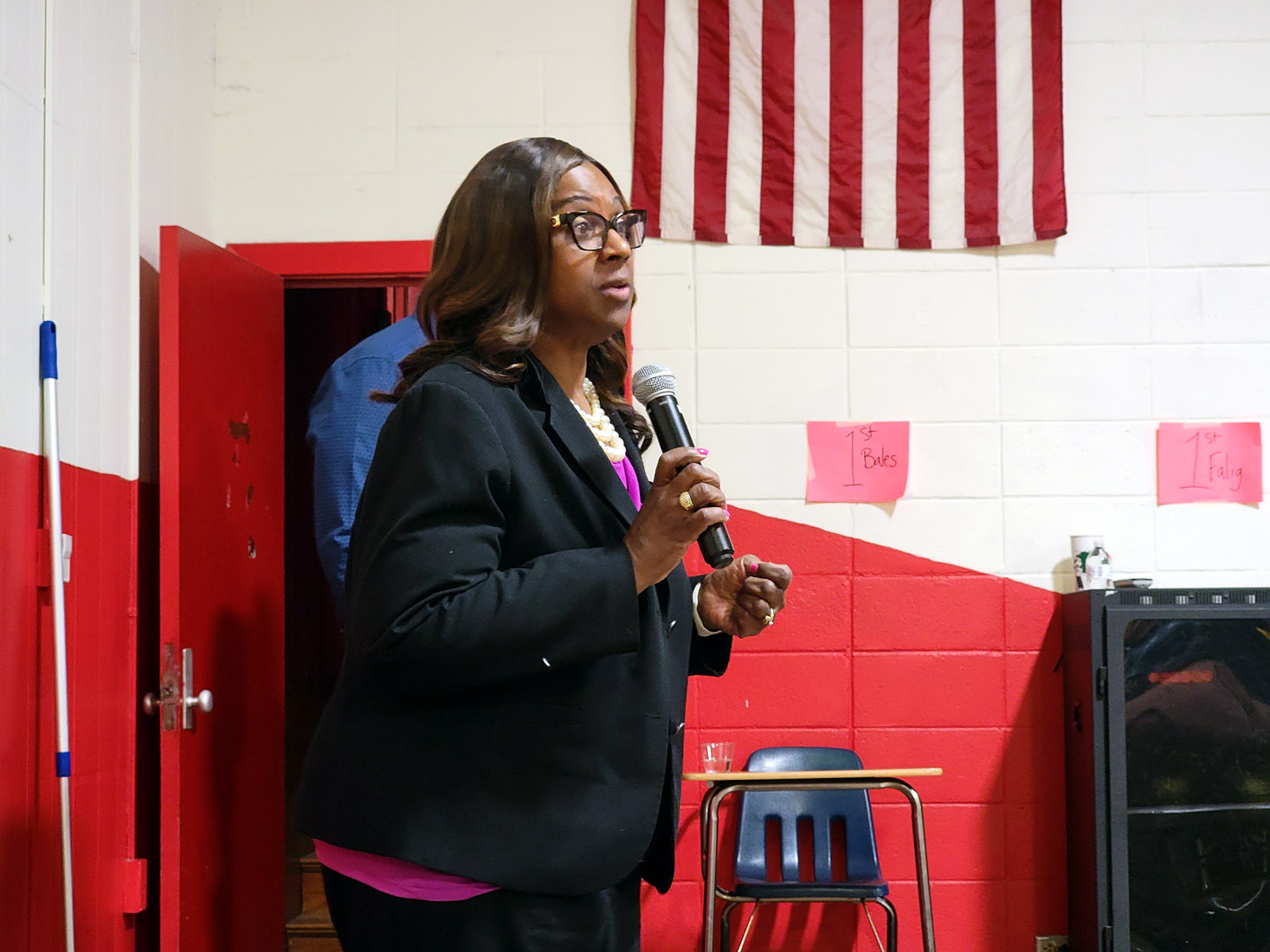
For more than an hour, district officials, including Superintendent Grenita Lathan, listened to attendees list questions and concerns about the pending closure. The concerns ranged from what the loss of the school would do to the Robberson neighborhood, to the status of employees not covered under Springfield Public Schools' collective bargaining groups.
But most of the concerns dealt with how much their students love the unique environment of the school.
Winston Grimes, a Central High School graduate who now has four students at Robberson, does not live in the school’s sending zone. Using Springfield's open enrollment policy, he chose Robberson because it works best for his children, he said.
“You have teachers who actually care about the well-being of your children, not only their daily scores, but also emotional characteristics,” Grimes said. “They take time to actually figure out what’s going on, and they will actually figure out plans with parents and work together as a team, to ensure your kid has productive days.”

Rolanda Brooks, who lives in Boyd's sending zone, also chooses Robberson for her first-grader. She said her son's friends also attend Robberson, and he feels more comfortable with them.
“It's extremely disappointing that they would want to close a place of education not for low test scores, or safety, or hazardous reasons,” Brooks said. “It's due simply to the fact that the school is just too small for them.”
Closure based on recommendation from demographics study
Last month, SPS officials recommended closing Robberson at the end of this school year. Students would attend Boyd Elementary in the 2024-25 year and beyond.
The recommendation for closure was made from a demographics study that showed Robberson, in addition to Boyd and Weaver elementary schools, was significantly underused. The study used a combination of GIS mapping data and census projections to predict a largely stable student population.
Using the study data, Springfield Public Schools set a target building utilization rate of 80%. Lathan said that target rate dealt with not only building space, but also employment levels. She said it is important to ensure taxpayer money is being spent efficiently and effectively.
“What will happen is if we continue to leave buildings open, we have to start cutting personnel, cutting expenses,” Lathan said. “You still keep a small community, but all those other services that we need to provide, with a good rate of staff members beyond the classroom, then we start running into issues and concerns there.”
More than 88% of Robberson's students are eligible for free or reduced price lunches, according to the Missouri Department of Elementary and Secondary Education. About 18% of its students are Hispanic, about 11% are Black, almost 9% are multiracial and about 58% are white.
Robberson, Boyd projected to lose students
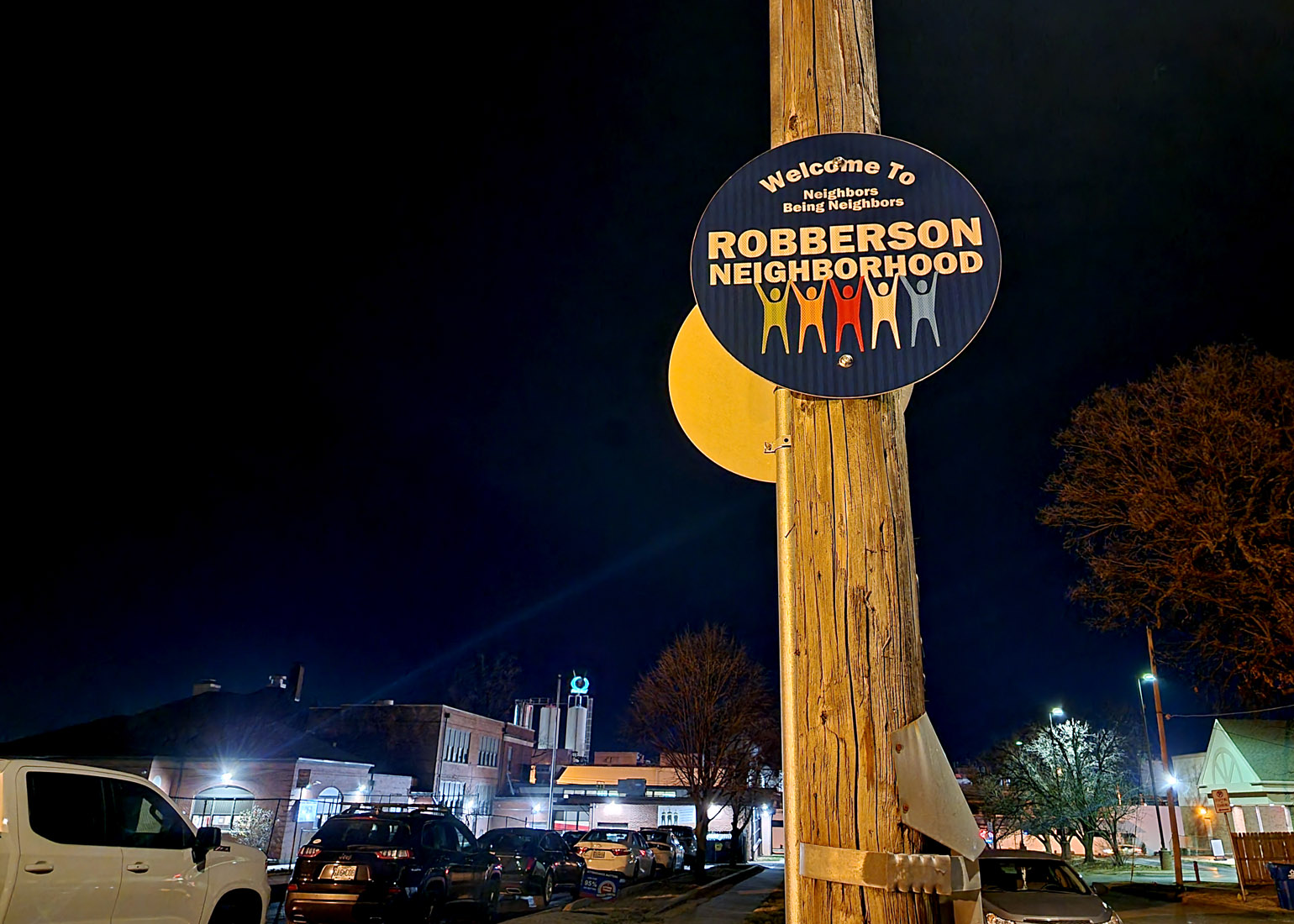
Robberson, Boyd and Weaver all had student populations of less than 60% of their respective buildings' capacities. Each school’s population within its sending zone was projected to decline over the next 10 years.
In Robberson’s case, 166 students attend classes in a building intended for 343 students. Of that population, 148 K-5 students live within the school’s sending zone. According to the study, that number will drop to about 113 over the next five years.
Those students would attend a school with plenty of room, according to the study. Boyd’s student population is 224, but only about half that number live within the school’s sending zone.
The number of Boyd students who live in the school’s sending zone is 116. That number is projected to drop by about four students to about 112 — a slight drop when compared to Robberson’s.
Springfield Public Schools staff members made the recommendation based on four options presented in the demographics study, two of which called for Robberson’s boundaries to be expanded:
- Move Robberson’s boundary east to take in 105 students from Fremont Elementary.
- Moving Robberson’s boundary north to take in 34 Truman Elementary students, 34 Watkins Elementary students and 32 Fremont students.
- Closing Robberson and dividing its students between Bowerman Elementary and Fremont Elementary.
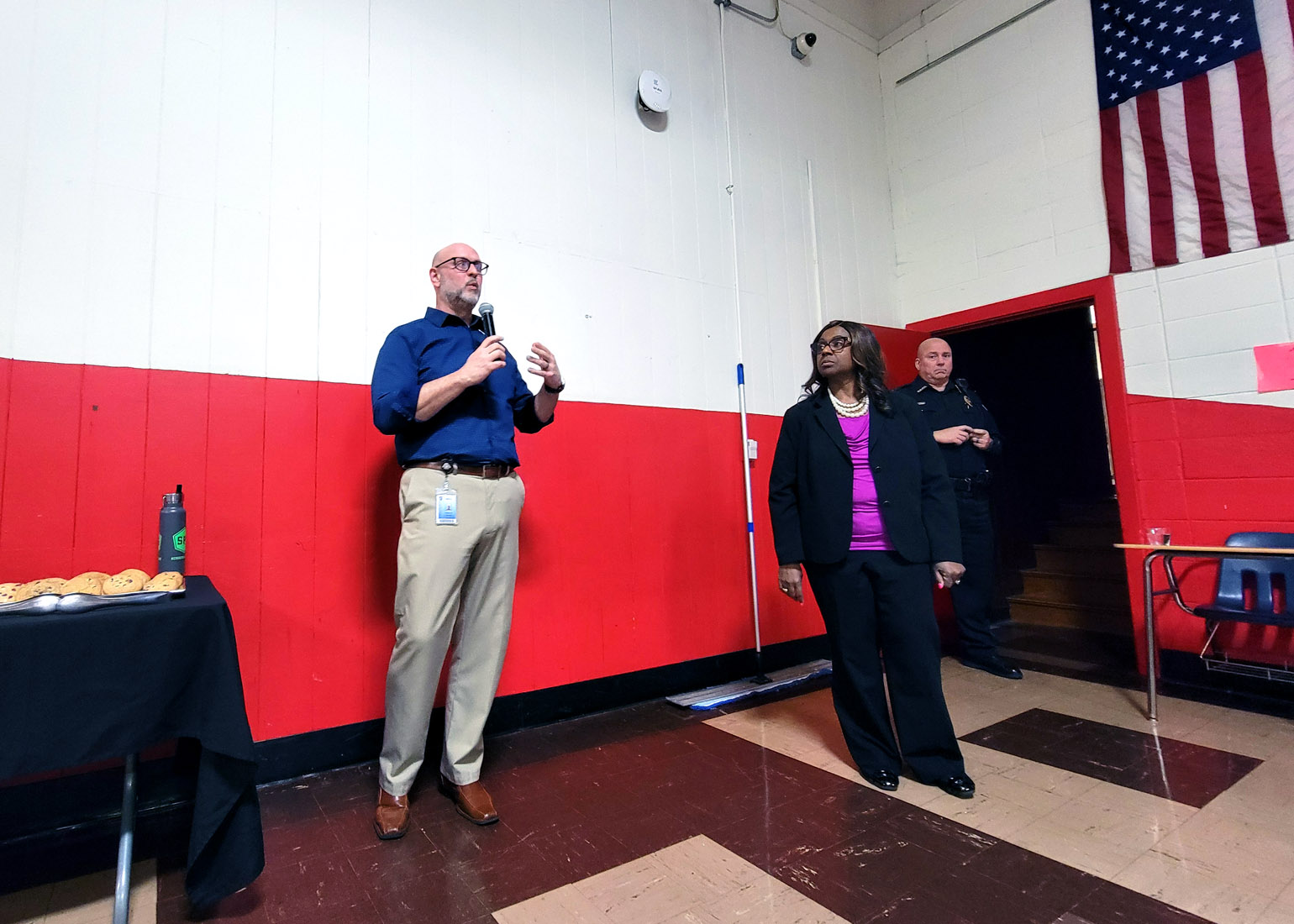
As part of a presentation, SPS Deputy Superintendent of Operations Travis Shaw explained why the administrators recommended a closure for Robberson, shifting its entire population to Boyd. The other three options failed a goal at getting each of the building’s utilization rates at an 80% target, Shaw said. The options where Robberson remains open create out-of-balance populations at other schools.
“Just simply moving south to Boyd, you can see where that proposed boundary shows utilization within five and 10 years at a low 70%,” Shaw said during the meeting. “Good utilization, but also room to continue to add students if there was a need to.”
Different kind of school
While Boyd is a traditional elementary school, Robberson is not — it uses a “community school” model that takes a holistic look at each student and their family. Robberson uses a modified version of a year-round school calendar for adding educational opportunities and exploration time.
Lathan said at the meeting Jan. 4 that the community school model would not be extended to Boyd.
Parents at the meeting said they favored Robberson's community school approach, and feared its students would not succeed at Boyd. Elise Ferrer, a parent of two students at Robberson, said she appreciated how the school’s approach has worked because it addresses more than just academic needs.

“I think the curriculum and the way they up the attention for emotional needs as well as academic needs is balanced in ways I would want their school to be balanced,” Ferrer said. “Other mothers say that it’s not like that at other schools, and that they don’t feel heard. When they talk to those teachers, it’s all about the numbers, it’s all about the academics.”
Jennifer Dixon, a fifth-grade teacher at Robberson, said the school’s approach is paying off with better academic performance, and part of the reason dealt with how a lower utilization rate allowed teachers to spend more time with students. She said Robberson students performed better on recent MAP tests than students from surrounding schools.
“We are making this happen academically because we first take care of their needs,” Dixon said. “We make a connection with them and we are able to do that because of the numbers.
Concerns about a vacant building
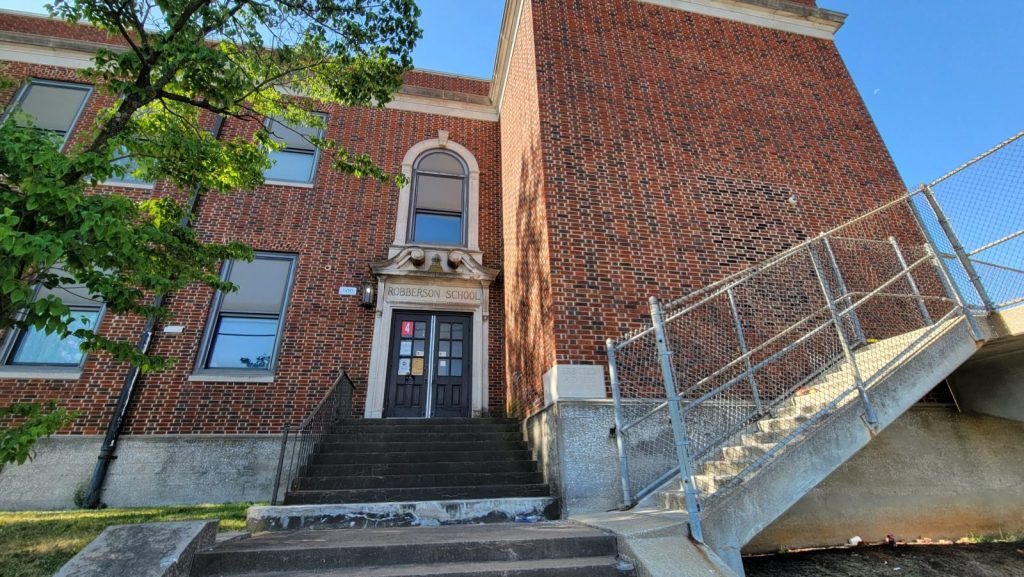
Built in 1905, Robberson is the oldest elementary school operating in Springfield. It is located at 1100 E. Kearney St., on the west side of National Ave.
While Boyd and Weaver have been renovated over the years, Robberson has not.
Improvements to the school were discussed by the Community Task Force on Facilities, an ad hoc community group used to discuss school improvement projects for bond elections. Robberson was ultimately left out of the most recent bond election, however.
Boyd, located at Division and Sherman streets, was rebuilt in 2021 as part of a 2019 bond election. The $20.34 million project allows Boyd to handle about 300 students from pre-K to fifth grade, and features a safe room gymnasium, enhanced accessibility and security, and a regional early childhood mini-hub.
Cindy Price has children and grandchildren who have attended Robberson, and lives nearby. She said she fears what will happen to the building and the neighborhood without the school, noting an increased presence of unsheltered people causing security concerns.
“We already have a problem with homeless camping out at Walgreens, and invading our homes right in front of a public school,” Price said. “If the school closes, then I’m afraid they will start camping in the schoolyard, and hurting our wonderful neighborhood. I’ve lived here for 30 years, I don’t want to move.”
Employment questions await board decision
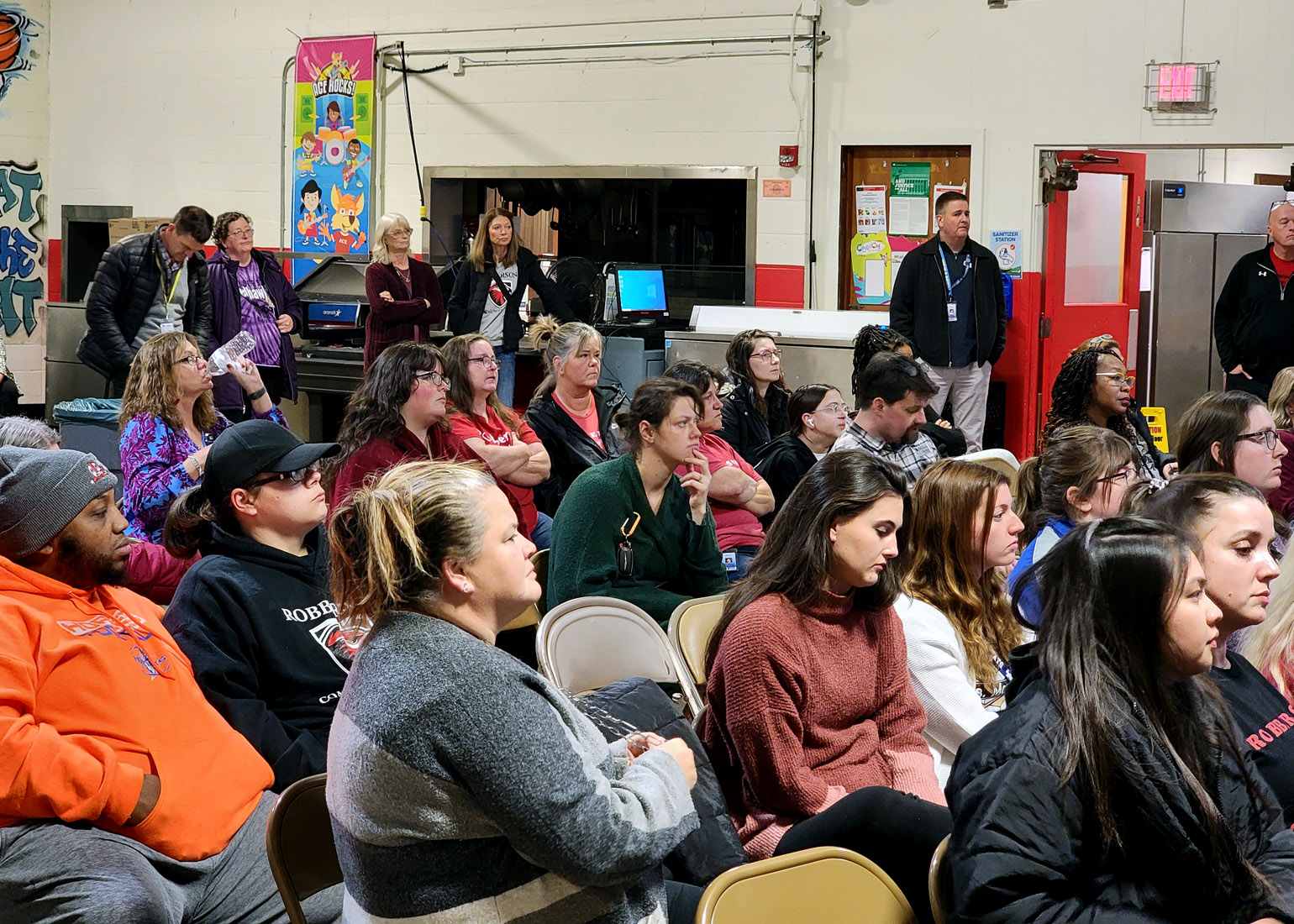
Robberson has annual operating costs of $1,667,275 — the largest portion of that is $1,543,616 in salary and benefits.
Lathan said teachers and other professionals covered by the school district’s collective bargaining agreements would be either brought over to work at Boyd, or allowed to apply for jobs elsewhere in Springfield.
The futures of non-union employees, like teacher assistants, was not as clear Thursday night. Lathan said the first day to apply for those positions was Friday. She said SPS is attempting to answer questions for Robberson employees, but awaits a final decision about Robberson's future from the board of education.
“Once the board makes its decision, we will move fast to make sure we address all of those needs for every staff member,” Lathan said. “We are moving as fast as we can, but we can’t move any faster until Tuesday.”
Board President Danielle Kincaid and Board Member Judy Brunner were present during Thursday’s meeting. The board has policies that limit the number of members who can attend a meeting, in order to remain in compliance with the Missouri Sunshine Law.

